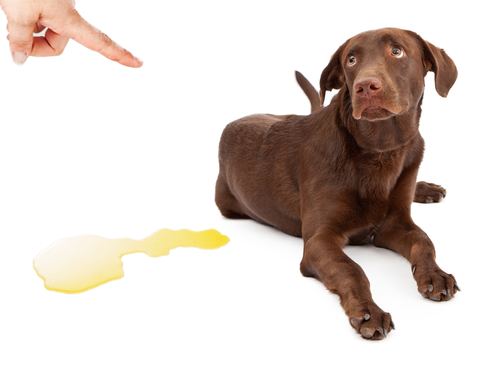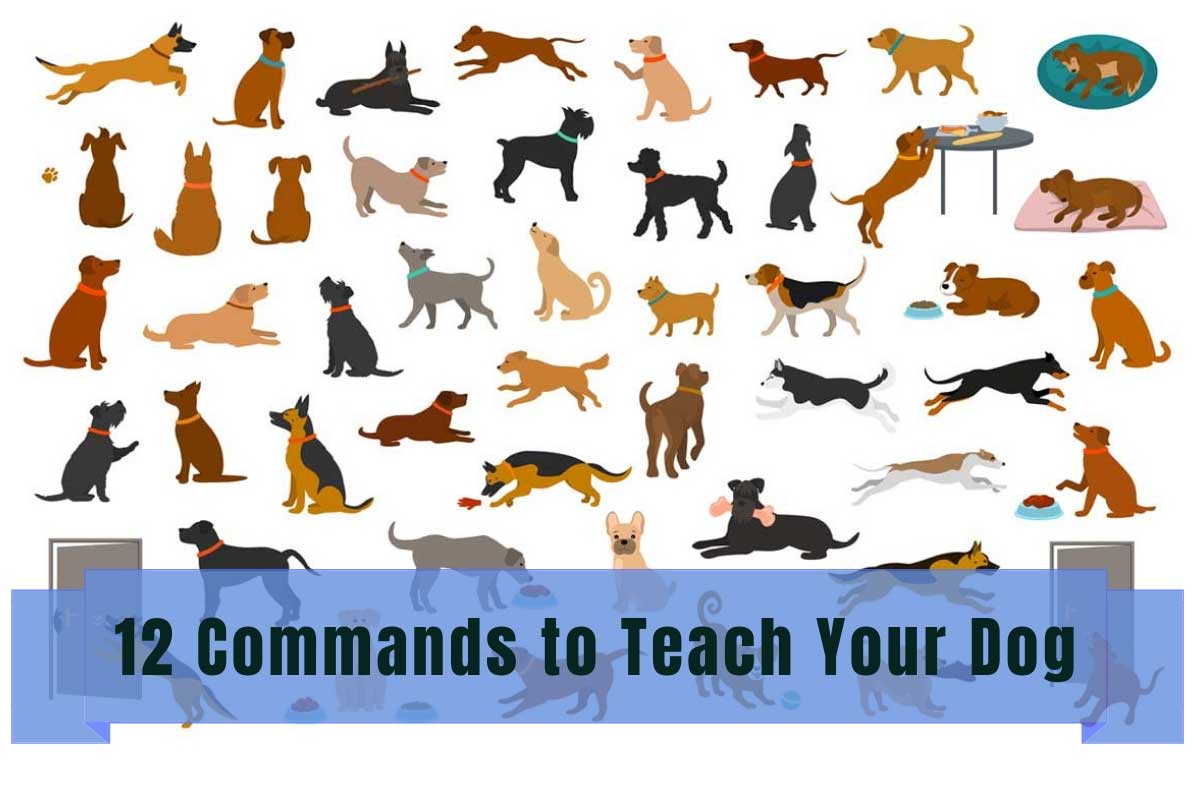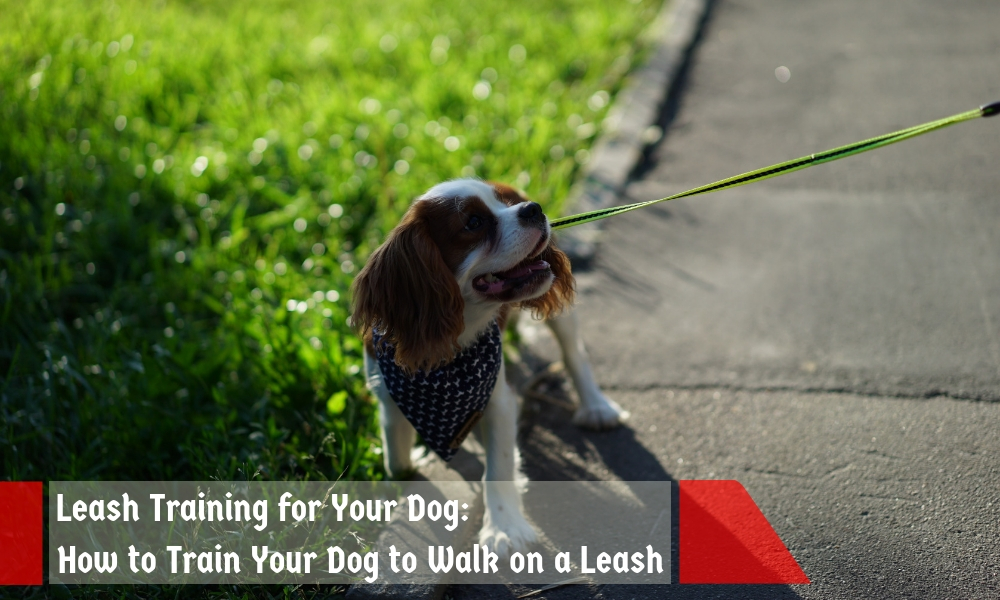
Now that you have the basic training done, including setting up eating times and potty training, it’s time to move on to the big stuff. One of the major things you will need to go through with your pup is leash training.
Sometimes, puppy training to teach your pup to avoid bad habits like leash pulling can be difficult.
It’s important for your pup to be obedient while leash walking, especially when you’re taking them around the neighborhood. An unruly dog lunging or pulling can cause a lot of problems with other dogs in the area. Not to mention, some dogs like to run and can get lost in their surroundings.
Leash training is a big deal. So, we decided to share with you our method for training your dog to walk on a leash without pulling.
Contents
Step #1: Pick Out the Right Collar or Harness for Your Dog
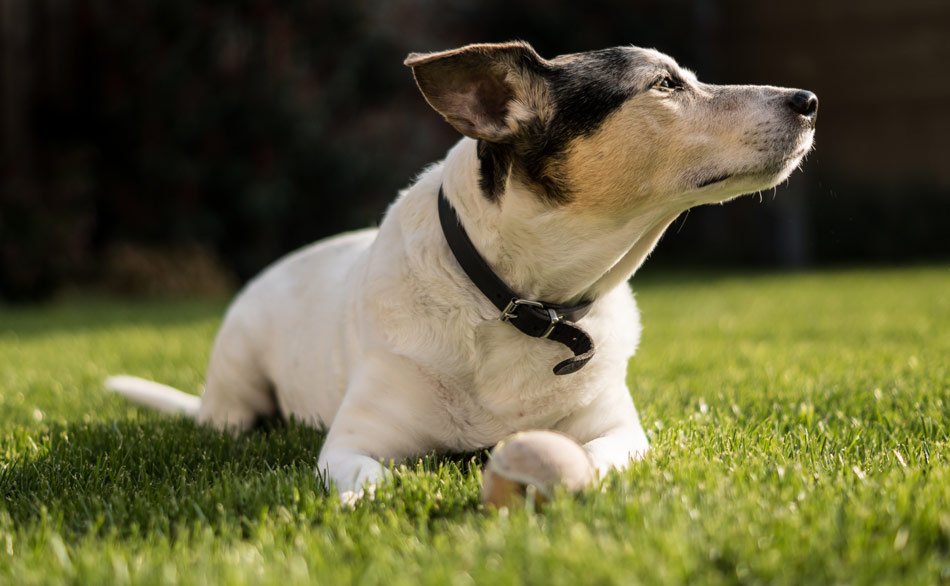
There are numerous types of both dog collars and harnesses out there. For now, we’re going to stick to the basics of deciding between a harness and a collar for your puppy.
Smaller dogs are more likely to end up hurting their throats and necks when pulling on a leash and collar. This is even worse for dog breeds with breathing complications, like pugs.
Instead of being around their throat, harnesses loop around their back and chest, taking the pressure off their airway.
Collars are more suited for dogs that are easy to leash train or don’t pull much during a walk. They’re also great for bigger dogs that can withstand more pressure if they decide to pull.
Step #2: Get Your Dog Comfortable with Wearing a Collar
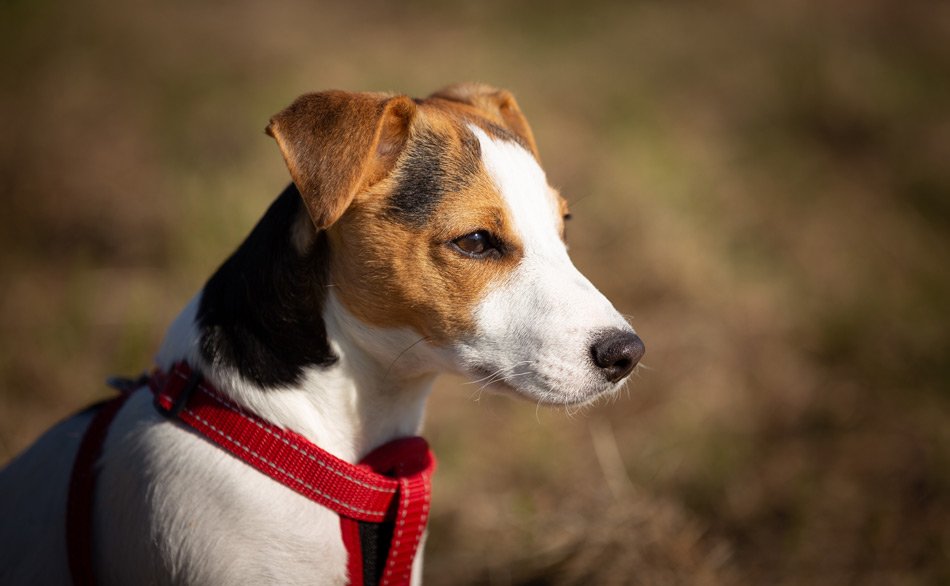
Leash training takes some dogs a lot longer than others. There are dogs who react badly when you try to take them for a walk and want nothing to do with wearing a collar or being on a leash. It might make them anxious and feel a loss of control of their surroundings.
This is why it’s super important to get your pup used to both a collar and a leash before taking them for a walk.
If your puppy is stubborn, start with the collar first. Let them wear the collar for short periods of time around the house and reward them for good behavior with treats.
Once it’s used to the collar, attach the leash and let your puppy drag their leash around the house for small amounts of time.
Again, if they’re not going misbehaving or acting anxious, reward your pup with a treat.
Once you feel your puppy is comfortable wearing both the collar and leash, move on to the next step.
Step #3: Take Your Dog for Short Walks
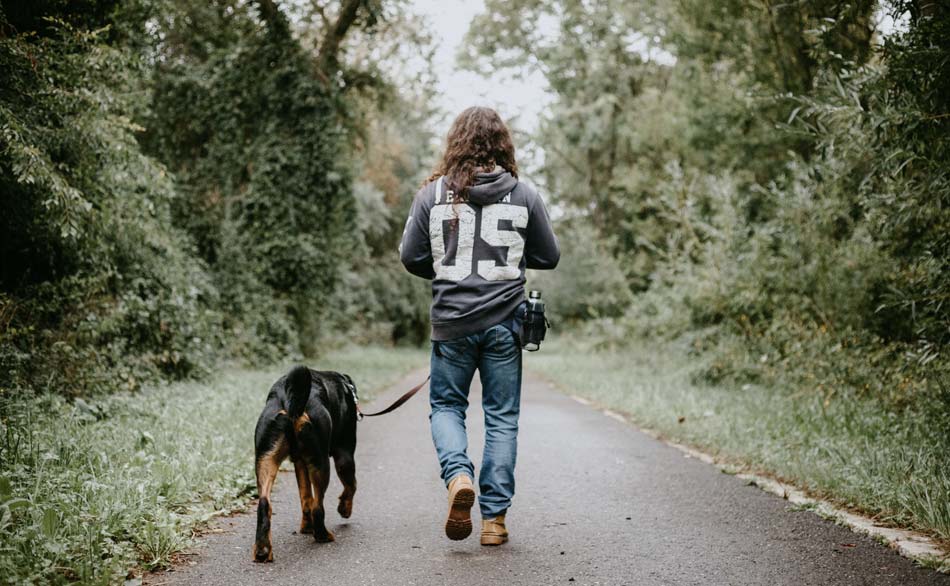
Since your dog is now comfortable wearing a collar (or harness) and leash, it’s time to let them test the walking waters by taking them for very short walks.
You should be using a short leash at this point. Use a retractable leash or just hold your regular leash at a short length.
These walks can be taken in your yard or around the block. This gives you an idea of how easy or hard it’s going to be to leash train your pup for longer walks around the neighborhood.
Remember, your pup’s attention span is short so the will want to explore everything. It’s okay to let them from time to time but you can’t stop for every item or plant that your pup wants to get to know.
Aim for your pup to walk side by side with you. Whenever you find your pup is walking next to you, reward them with a treat so they learn that this is good behavior.
If you can’t seem to get them to walk next to you, use a treat as an incentive. They’ll follow the smell of the treat and eventually stay by your side.
Step #4: Take Your Dog for Long Walks
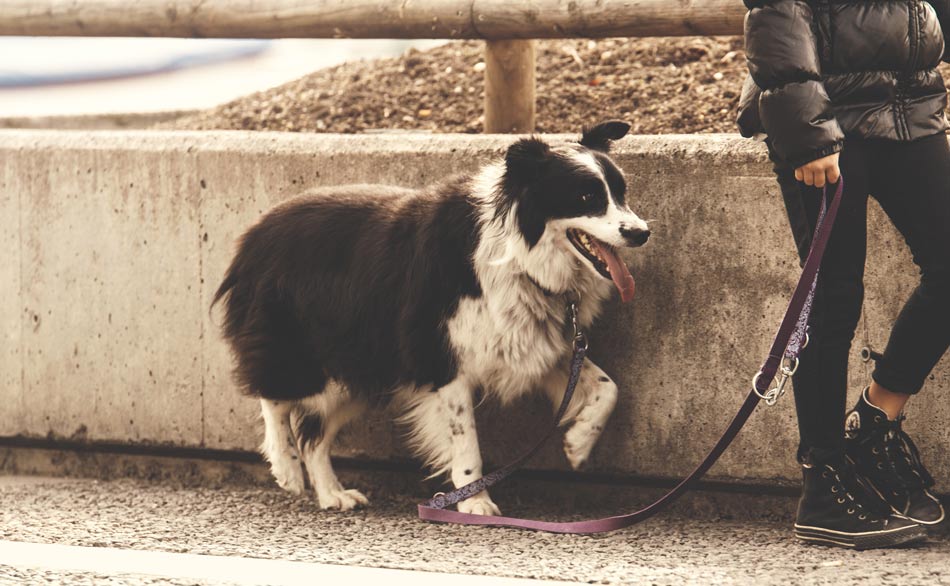
Once you think your puppy is ready, it’s time to head out for a real walk for a longer amount of time.
Just like with the short walks, treat your dog when you find them walking side by side with you instead of trailing ahead or pulling on the leash.
The hardest part of leash training is teaching your pup not to pull. You don’t want to jerk the leash back in reaction because this could injury your pup’s neck. If you notice that your puppy is starting to get distracted but hasn’t pulled on the leash yet, give them a treat to distract them from what they’re interested in.
By now, your pup should know basic commands like “stop” or “come”. So, when your pup gets distracted and tries to pull on the leash, use a basic command.
If your puppy responds the right way, reward them with a treat. If they don’t, stop walking and stand still until your pup has settled down. You can also start walking in the opposite direction, away from your pup. Just make sure not to choke your pup in the process.
Once they come to you, give them a treat. After you give your pup the treat, start walking again.
After they’ve gotten used to these steps, try taking them on a walk with a long leash instead of a short leash.
Eventually, you’ll be able to nix the treats and your dog will automatically listen to your commands and stop pulling on the leash.
The Bottom Line
Depending on the dog, leash training can either be easy or hard. Either way, don’t give up! Your dog will get to the level that you want them with some time and practice.
I grew up in a household that was filled with animals. I believe that my fate as a dog-loving person was sealed in early childhood since my parents owned several dogs of varying sizes and breeds. There was no choice but to take care of and learn about dog habits and the best animal care practices — otherwise, I’d be clueless about how to go about the creatures I was surrounded by day and night.
As a life-long puppy lover, I know a thing or two about dogs and how to go about caring for them in the best way possible. Although I’m not a professionally trained dog behaviorist, trainer, or veterinarian, all of my knowledge and experience with canines comes from a place of love and a deep-rooted passion for dogs and animals in general.
Seeing as dogs kept me company throughout every stage of my life, I decided to follow a different path in my academic life and obtained a Bachelor’s and Master’s degrees in Marketing Management and Digital Advertising, which ultimately allowed me to combine my professional training and personal experience by creating the ultimate dog lover’s resource website! Along with my husband, Dave, I run MySweetPuppy for like-minded dog lovers who want to have a single, clear, and reliable information source about anything and everything related to dogs and their well-being.

